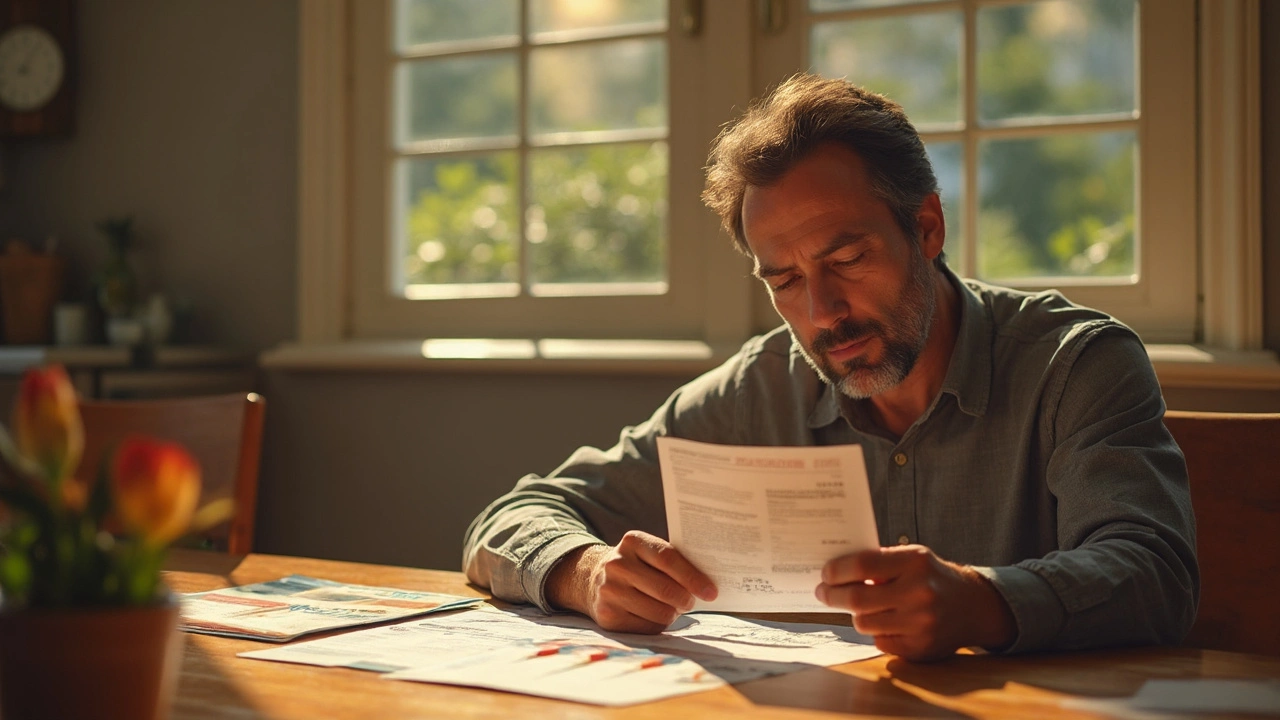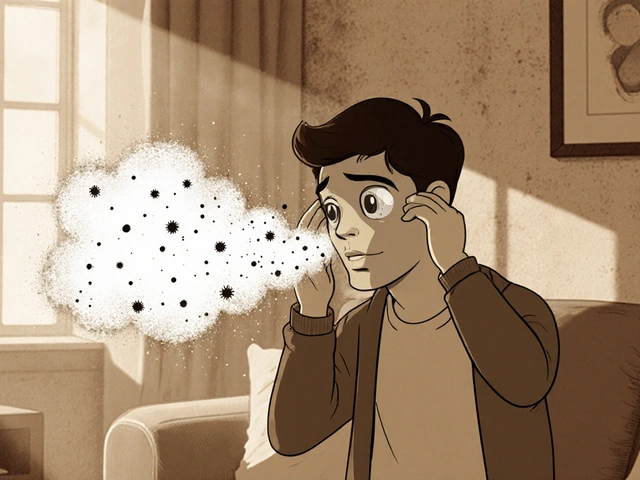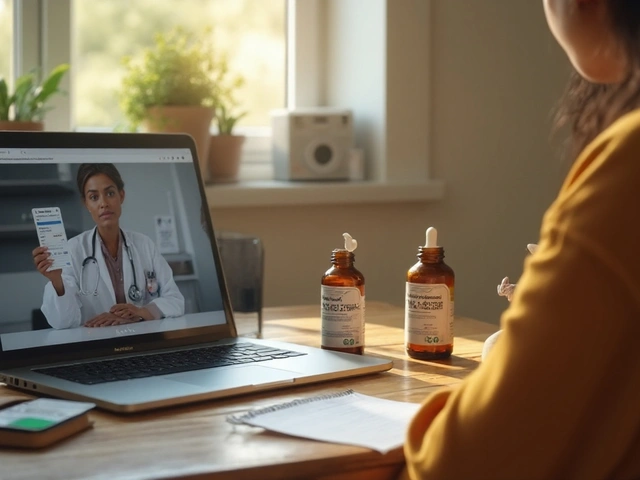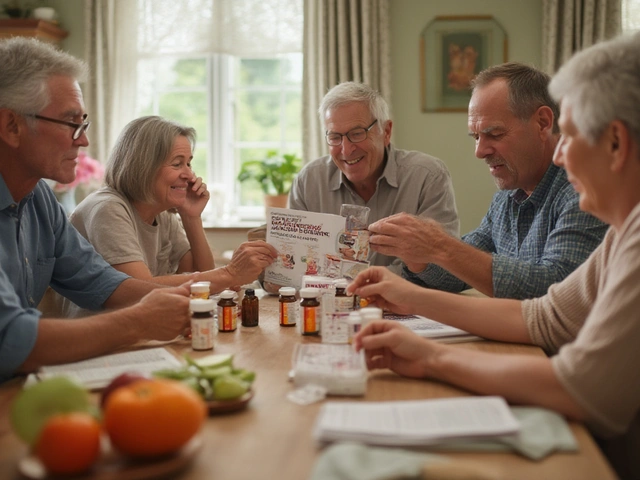Herpes Zoster (Shingles) – What You Need to Know
If you’ve ever seen a painful rash on someone’s side and heard them call it "shingles," you’re looking at herpes zoster. It’s the same virus that gave you chickenpox as a kid, hiding in your nerves and waking up later in life. Most people don’t know why it flares up, but the good news is you can recognize it early, treat it fast, and even stop it from happening again.
Common Signs and Symptoms
Shingles usually starts with a tingling, burning, or itching feeling on one side of the body. Within a couple of days, a red patch appears and then turns into fluid‑filled blisters. The rash often follows a strip along a nerve path – think of a belt around your torso, a band on your neck, or a line down your face.
Typical symptoms include:
- Sharp, burning pain that can be worse at night.
- Itchy or tingling sensation before the rash shows up.
- Blisters that break open, crust over, and heal in 2‑4 weeks.
- Fever, headache, or feeling tired, especially in the first few days.
If the rash appears near your eyes, it’s a medical emergency – call a doctor right away. Eye involvement can lead to serious vision problems.
Treatment, Pain Relief & Prevention
The fastest way to keep shingles from getting worse is to start antivirals (like acyclovir, valacyclovir, or famciclovir) within 72 hours of the rash appearing. These meds shorten the outbreak and lower the risk of complications.
Pain can be stubborn, so doctors often add:
- Over‑the‑counter pain relievers such as ibuprofen or acetaminophen.
- Prescription nerve pain drugs (gabapentin or pregabalin) if the ache lingers.
- Cool compresses or calamine lotion to soothe the skin.
Most people feel better in a week, but some develop post‑herpetic neuralgia – lingering nerve pain that can last months. Staying on the prescribed pain meds and using gentle skin care can help keep that from happening.
Prevention is simple: the shingles vaccine (Shingrix) is over 90% effective and is recommended for anyone 50 and older, even if you’ve had shingles before. One dose primes your immune system, and a second dose a few weeks later locks in protection.
Beyond the shot, keep your immune system strong. Eat balanced meals, stay active, manage stress, and get enough sleep. If you catch chickenpox as an adult, you’re at higher risk for shingles later, so talk to your doctor about early vaccination.
When should you call a doctor? If the rash is on your face or near your eyes, if you have severe pain, fever over 101°F, or if the blisters keep spreading beyond one area. Getting medical help quickly makes the treatment work better.
Bottom line: shingles can be painful, but you can spot it early, treat it fast, and keep it from coming back with a vaccine and healthy habits. Keep an eye on any weird skin changes, and don’t hesitate to ask a pharmacist or doctor for advice if you’re unsure.
Betamethasone for Shingles: Does it Work and Is It Safe?
Thinking about using betamethasone for shingles? Learn if it's safe, how it works, and what experts say about treating shingles and postherpetic neuralgia.





